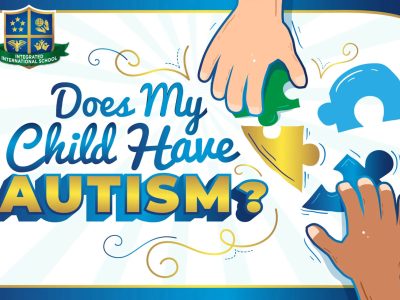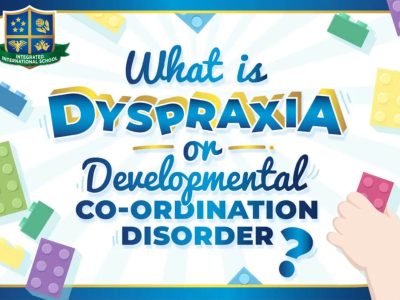International School in Singapore Offering the British Curriculum
Interested in enrolling your child into an international school in Singapore, with an internationally-recognised British curriculum? Look no further, you have come to the right place. At the Integrated International School, we understand that the definition of success extends beyond academics, and encompasses the holistic development of students. We redefine success...











